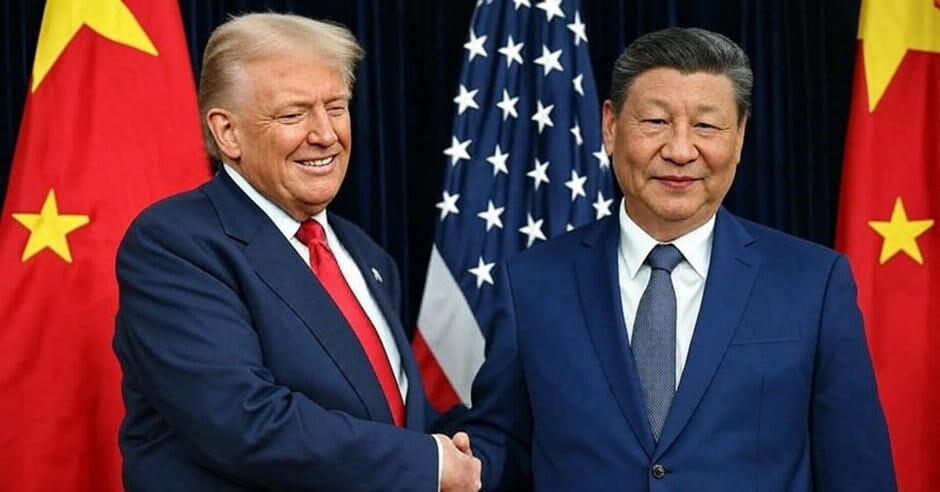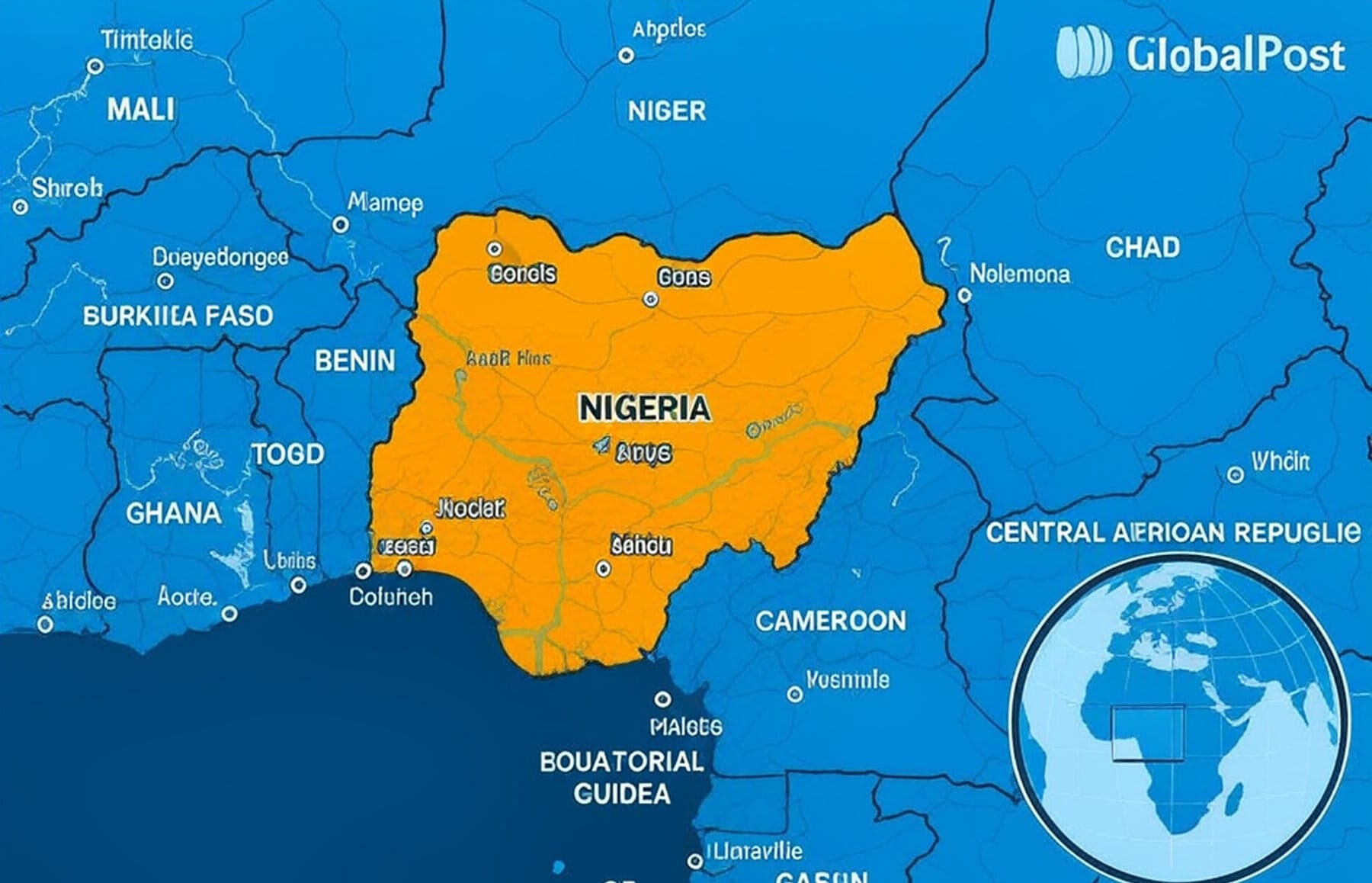
In a significant diplomatic breakthrough amid escalating global economic uncertainties, U.S. President Donald Trump and Chinese President Xi Jinping concluded a pivotal bilateral meeting on October 30, 2025, at Gimhae Air Base in Busan, South Korea, on the sidelines of the Asia-Pacific Economic Cooperation (APEC) summit. The leaders announced a series of agreements that include a 10% reduction in U.S. tariffs on select Chinese imports, commitments to curb fentanyl precursor exports from China, resumed large-scale purchases of American soybeans, and a one-year suspension of Beijing’s export restrictions on rare earth minerals. Described by Trump as an “amazing” encounter rated “12 out of 10,” this tentative truce signals a potential de-escalation in the protracted U.S.-China trade war, offering relief to American farmers, manufacturers, and consumers while addressing critical supply chain vulnerabilities.
Historical Context of U.S.-China Trade Frictions
The U.S.-China trade relationship has been marked by profound tensions since the early stages of Trump’s first administration in 2017, when tariffs were imposed on billions in bilateral goods to address intellectual property theft, unfair trade practices, and national security concerns. Subsequent escalations under both leaders saw duties climb to over 50% on key sectors, disrupting global supply chains and contributing to inflationary pressures worldwide. China’s retaliatory measures, including soybean import bans, inflicted substantial losses on U.S. agriculture, while Beijing’s dominance in rare earth elements—essential for electronics, electric vehicles, and defense technologies—emerged as a strategic leverage point.
Key Milestones Leading to Busan
- 2018-2019 Phase One Deal: Initial tariffs sparked a partial agreement, but implementation faltered amid COVID-19 disruptions.
- 2024-2025 Escalation: Trump’s return to office prompted a 57% fentanyl-related tariff hike, prompting China’s rare earth curbs and soybean boycott.
- Pre-Summit Gestures: Beijing’s purchase of 180,000 metric tons of U.S. soybeans in late October set a conciliatory tone for the APEC talks.
This backdrop of mutual economic coercion underscores the Busan accords as a pragmatic pause rather than a comprehensive resolution, with both sides navigating domestic political imperatives.
Details of the Busan Agreements

The summit yielded targeted concessions designed to stabilize immediate pain points without overhauling the broader trade architecture. Trump highlighted China’s pledge to procure 12 million metric tons of U.S. soybeans through January 2026, escalating to 25 million tons annually for the subsequent three years—a boon for Midwestern farmers reeling from prior export halts. In tandem, Beijing committed to stringent controls on fentanyl precursors, addressing a U.S. public health crisis that claims over 100,000 lives annually.
Core Provisions and Commitments
On rare earths, Xi agreed to defer export restrictions for one year, ensuring uninterrupted U.S. access to these vital materials and averting potential shortages in high-tech manufacturing. Tariffs on Chinese goods will drop from 57% to 47%, with the “fentanyl tariff” specifically halved to 10%, in exchange for verifiable enforcement against illicit chemical flows. U.S. officials, including Secretary of State Marco Rubio and Commerce Secretary Howard Lutnick, emphasized that these measures extend to resuming purchases of sorghum and other farm products, potentially injecting billions into American agriculture.
The closed-door discussions, lasting over two hours, also touched on technology curbs and enterprise-specific disputes, though details remain classified. Chinese Foreign Minister Wang Yi noted the outcomes as “hard-won,” reflecting Beijing’s emphasis on reciprocity.
Geopolitical and Economic Implications

This de-escalation arrives at a critical juncture for global markets, where U.S.-China frictions have exacerbated supply chain fragility and contributed to volatile commodity prices. For the United States, the soybean deal could restore $18 billion in annual exports, bolstering rural economies and mitigating farmer bankruptcies. Rare earth stability safeguards industries from iPhones to fighter jets, reducing dependency on a single supplier that controls 80% of global production.
Broader Ramifications
- Fentanyl Crisis Mitigation: Enhanced cooperation could stem precursor shipments, aligning with Trump’s domestic priorities and saving lives.
- Indo-Pacific Stability: The truce eases pressures on allies like South Korea and Japan, where Trump also advanced nuclear submarine technology transfers.
- Global Trade Dynamics: A year-long rare earth pause averts immediate disruptions but leaves room for future leverage, potentially influencing APEC-wide negotiations.
Critics, including Senate Democrats, caution that the agreements lack permanence, viewing them as tactical concessions ahead of U.S. midterm pressures. Nonetheless, market reactions were positive, with soybean futures rising 5% and rare earth stocks gaining ground.
International Reactions and Future Prospects
Global leaders welcomed the developments, with South Korean President Lee Jae-myung hailing the summit as a “win for regional prosperity.” The European Union expressed optimism for spillover effects on multilateral trade forums, while analysts from the Foundation for Defense of Democracies described it as “breathing room” in an enduring rivalry. Beijing’s Ministry of Commerce underscored consensus on agricultural expansion and fentanyl controls, signaling intent for ongoing dialogue.
Prospects for a fuller trade pact remain uncertain, with Trump teasing a comprehensive deal “pretty soon.” Scheduled follow-up mechanisms, including working groups on enforcement, will test implementation fidelity. As the APEC summit progresses, this thaw could catalyze broader Asia-Pacific economic integration, though underlying issues like technology transfers and human rights persist.
In conclusion, the Trump-Xi Busan summit exemplifies pragmatic diplomacy in a fractious era, delivering tangible relief on tariffs, agriculture, and critical minerals while curbing fentanyl threats. Though not a panacea for deep-seated rivalries, these accords foster a fragile equilibrium, underscoring the imperative for sustained engagement to harness mutual economic interdependence. For ongoing analysis of U.S.-China relations and global trade dynamics, subscribe to our newsletter.
References
- Reuters: Trump shaves China tariffs in deal with Xi on fentanyl, rare earths
- ABC News: Trump touts short-term deal with China after Xi meeting
- CNBC: Trump cuts fentanyl tariffs on China to 10% as Beijing delays latest rare earth curbs by a year
- BBC News: Donald Trump lowers China tariffs and announces end to ‘rare earths roadblock’ after meeting Xi Jinping
- Bloomberg: Trump and Xi Ease Tension With Truce on Tariffs, Rare Earths
- NPR: Trump rates meeting with China’s Xi 12 out of 10, lowers tariffs
- POLITICO: ‘Amazing meeting’: Trump touts progress on multiple fronts with China after meeting Xi
- NBC News: Trump says he’s cutting fentanyl tariffs, rare earths dispute ‘settled’ after meeting with Xi
- Roll Call: Takeaways: Trump touts tenuous deals on tariffs, rare earths and soybeans





